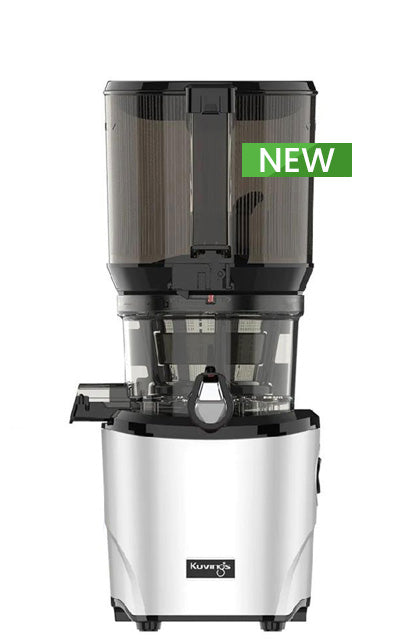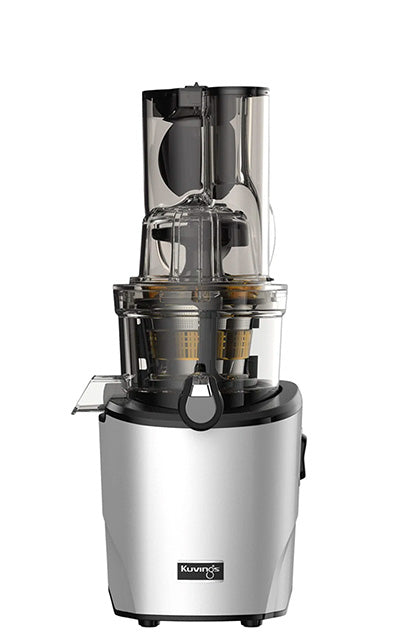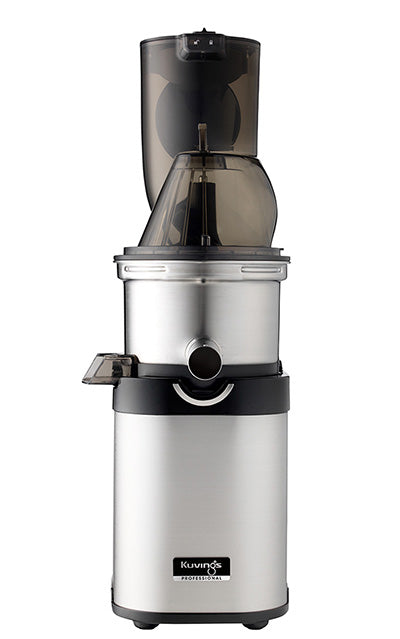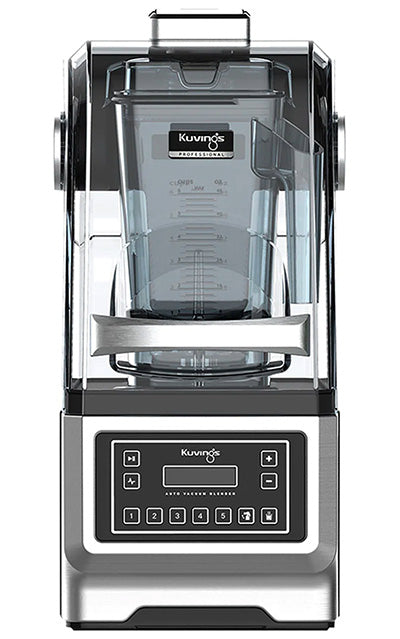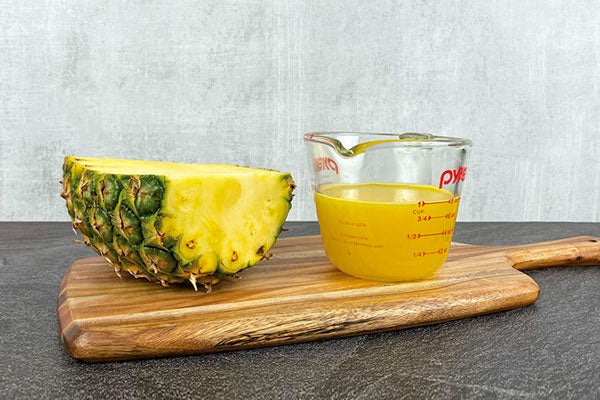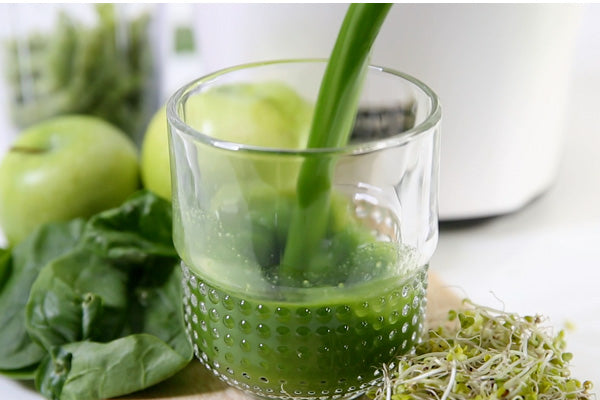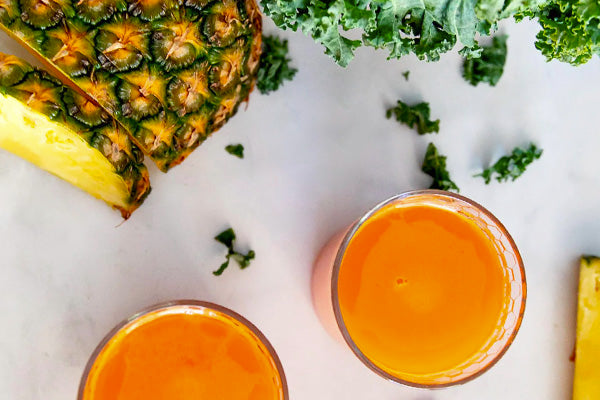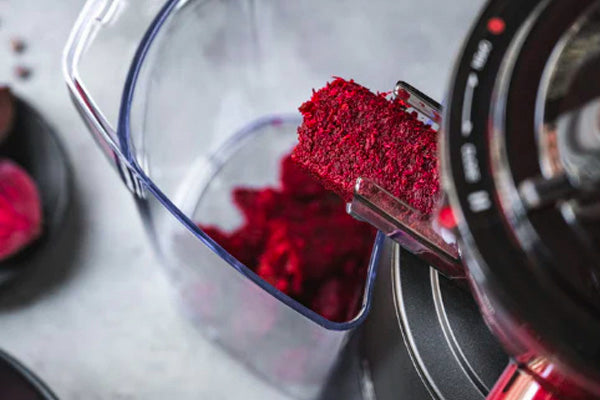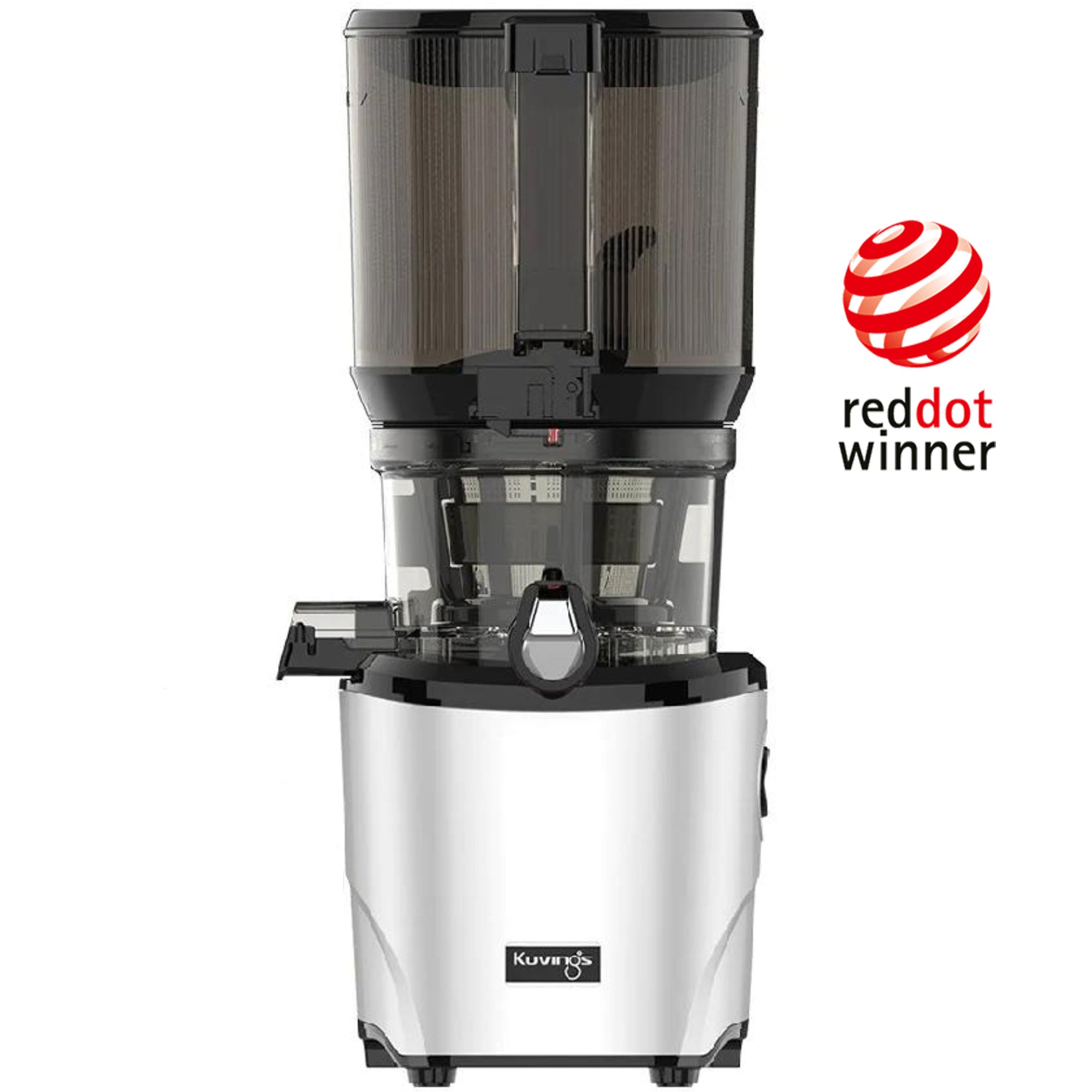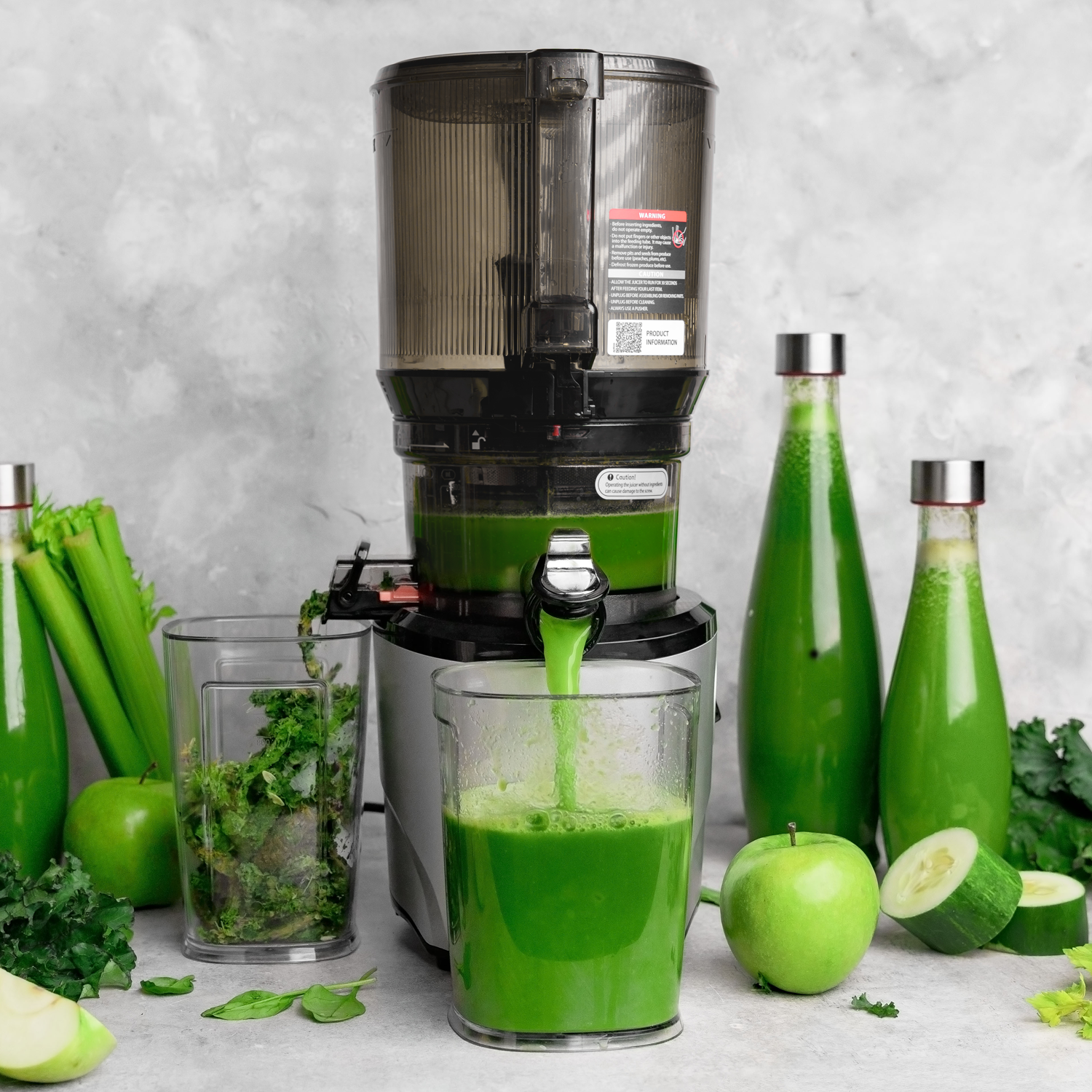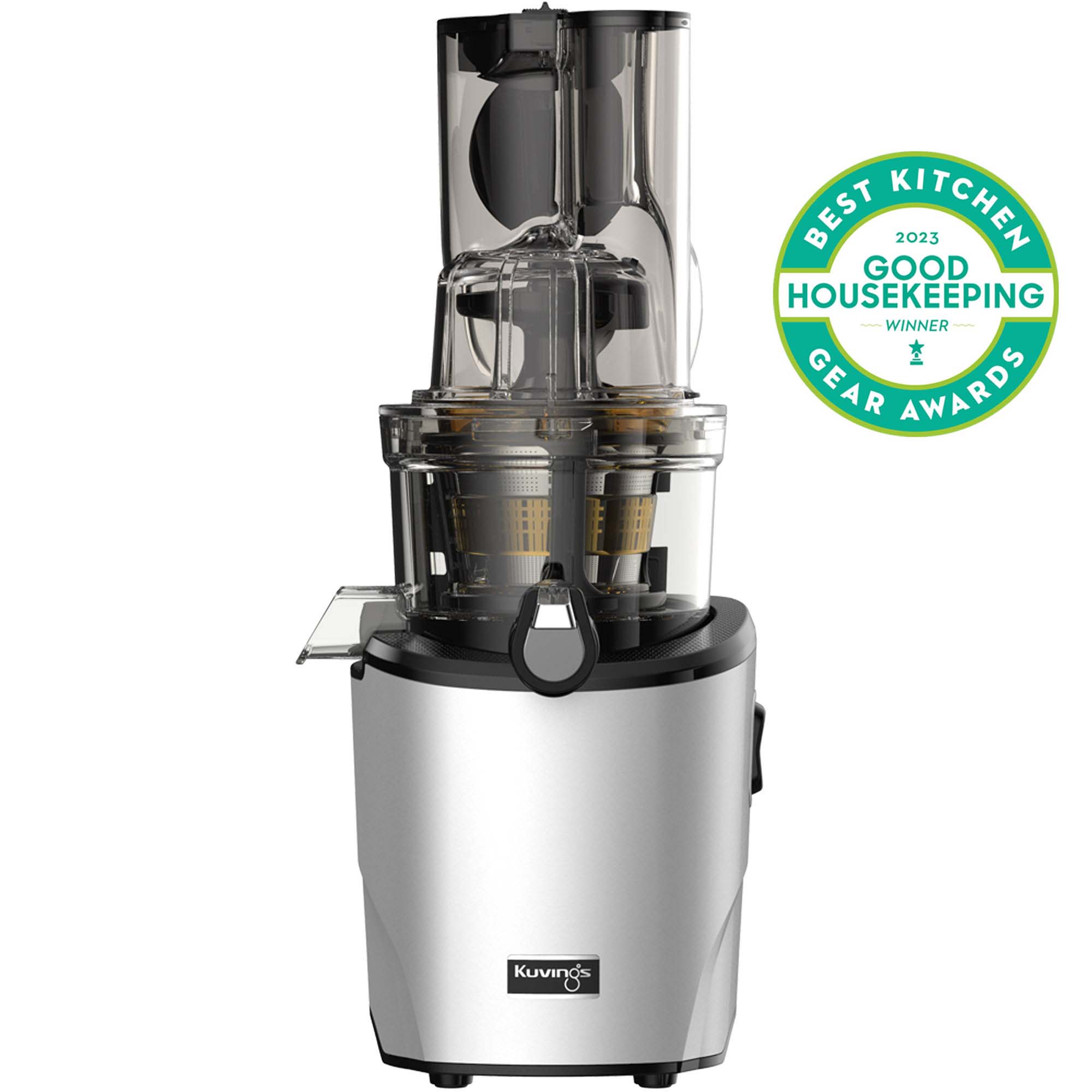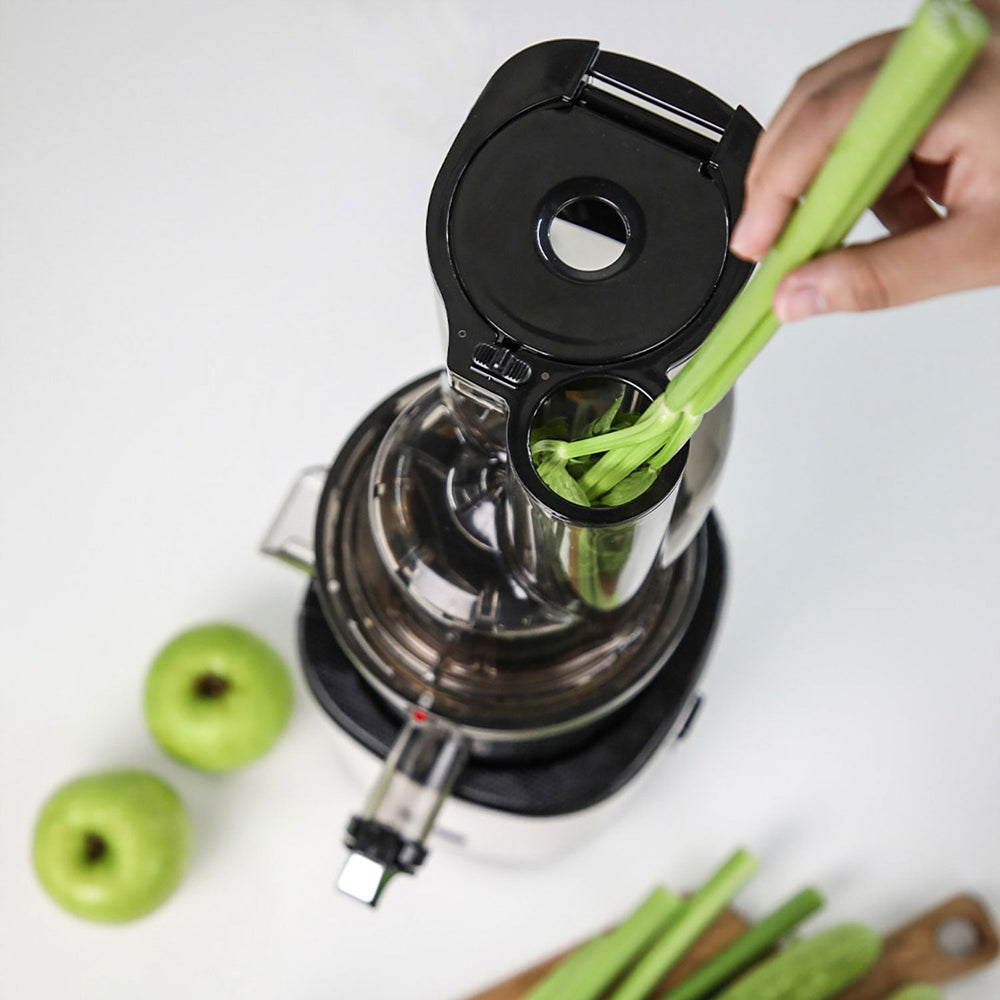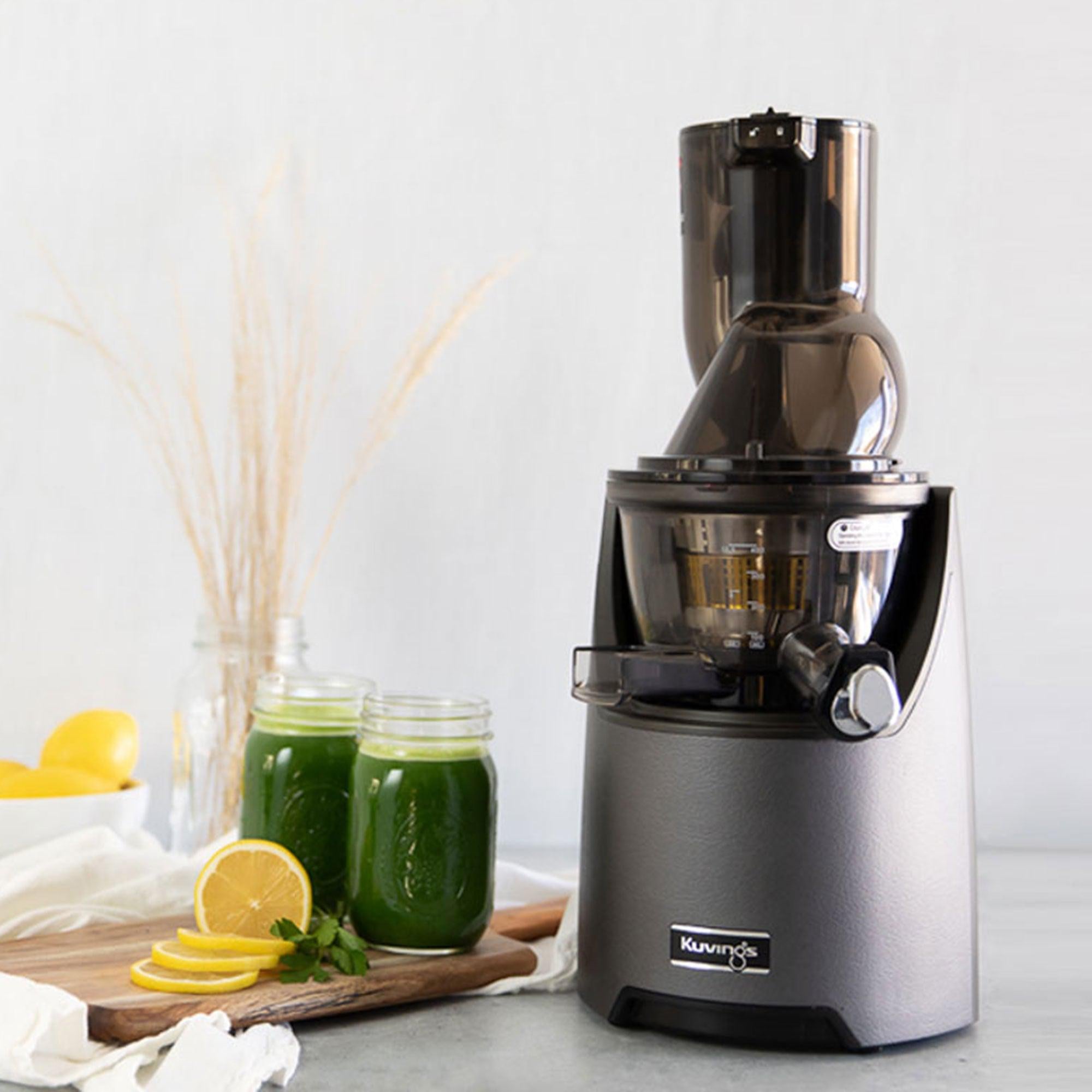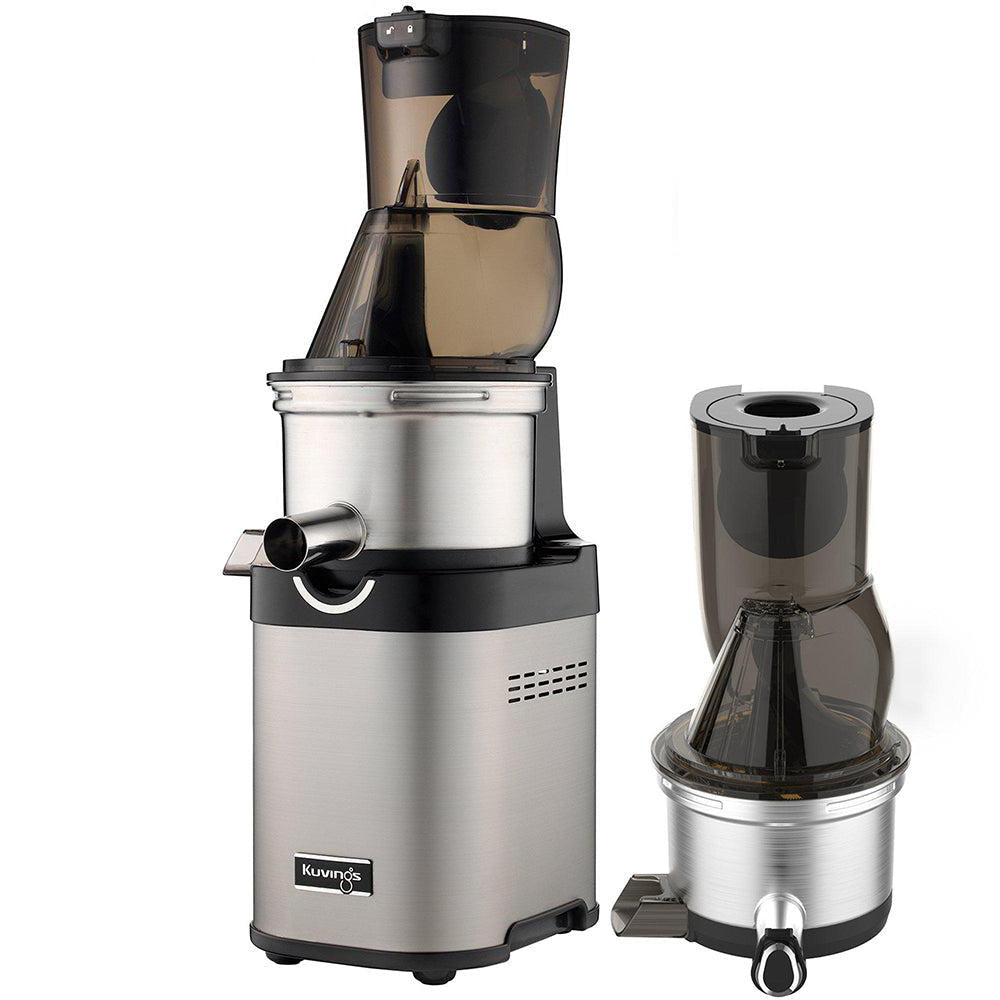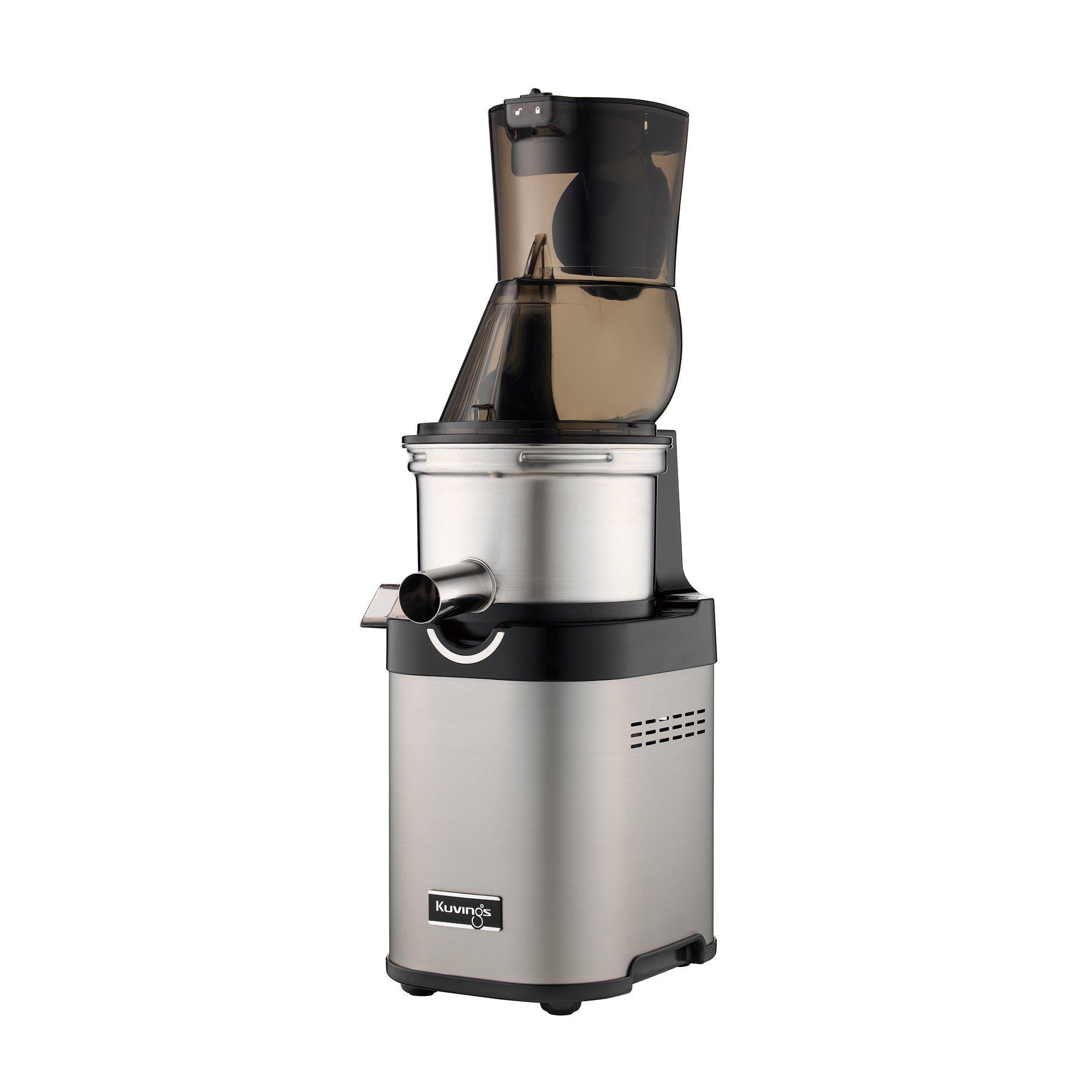Juicing can be overwhelming for beginners, especially when preparing the many different fruits and vegetables available. With so many options, it's easy to forget what should be peeled or unpeeled. Don’t fret! Here are some important questions to consider when deciding whether to peel or not peel your produce:
-
How thick is the peel?
-
Does the peel have health benefits?
-
How will the peel impact the juice’s taste?
-
How will the peel impact the juicer's efficiency?
While there aren't any hard and fast rules regarding what should and should not be peeled, following some simple tips can make a big difference. In this blog post, we've compiled some valuable tips to help you have a smooth juicing experience that ends in consuming delicious-tasting juice.
No Need To Peel
Fruits
|
Apple
Apricot* Berries Cherries* Cucumber Eggplant Grapes Lemon Lime |
Nectarine* Peach* Pear Pepper* Plum* Tomato Watermelon Zucchini |
Vegetables
|
Beetroot Carrot Ginger Parsnip Radish |
Squash Sweet potato Turmeric Turnip |
Taste
Some fruits, such as apples, grapes, and berries, are typically consumed with their peels intact, so there's no need to peel them for juicing.
Additionally, fruit peels can add a pleasant taste to your juice. For instance, lemon zest (which includes the peel) is often included in recipes because of its tangy and refreshing flavor.
Health Benefits
Also, fruit and vegetable peels contain many health-promoting compounds that can help bolster your health.
In one study, antioxidant levels were up to 328 times higher in fruit and vegetable peels than in their pulps. For example, an unpeeled apple contains up to 332% more vitamin K, 142% more vitamin A, 115% more vitamin C, 20% more calcium, and up to 19% more potassium than a peeled apple.
While it's not guaranteed that all of these vitamins and minerals will get transferred to the extracted juice during the juicing process, it may be worth keeping the peel on even for just a little boost of nutrients.
Thickness
Furthermore, some ingredients like pears, carrots, and ginger have thin skins that the juicer can easily remove without getting clogged.
With these facts in mind, you can save time and preparation by juicing your ingredients with the peels on. Just be sure to wash all your produce and cut off any bruised parts before juicing.
Watermelon
One ingredient on this list that may be surprising is watermelon. Believe it or not, watermelon rind can be juiced despite its thick skin, offering a host of health benefits. While you can juice watermelon flesh with the rind, the rind can be its own juice.
Packed with essential nutrients like vitamin C, vitamin A, vitamin B6, potassium, and zinc, watermelon rind is a low-calorie powerhouse. Additionally, it boasts an abundance of chlorophyll, citrulline, lycopene, amino acids, flavonoids, and phenolic compounds, making it a nutrient-dense addition to your daily routine.
A tip is to keep some of the red flesh on when making watermelon rind juice for a touch of added sweetness.
What about the seeds?
Remove Seeds
While it's true that peeling is unnecessary for some fruits and vegetables, it's important to understand that not all ingredients can be juiced with their seeds intact.
Certain fruits possess large seeds or pits, commonly referred to as stone fruits, which require special attention. Due to their hardness, these pits must be removed before juicing to prevent any potential damage to your juicer. If you're juicing peaches, plums, cherries, nectarines, or apricots, peeling isn't necessary, but extracting the pits is crucial.
The same principle applies to fruits that should be peeled before juicing. Whenever an ingredient has a firm center, like a mango, it must be removed before processing.
Furthermore, there are ingredients where the entire center is seeds, like pepper, papaya, and pumpkin; these can be removed as well.
No Need to Remove Seeds
On the other hand, ingredients with small seeds, such as lemons, tomatoes, and zucchinis, can be included in the juicer without seed removal since they can be easily discarded along with the pulp.
However, the choice to remove the seeds from small-seeded fruits ultimately lies with your personal preference.
Juicing with Peel and Seeds
In this video of how we juice whole lemons, notice how the peels are left on and the seeds are left in.
Aside from washing, the only other preparation was cutting off the top and bottom of the fruit. The preparation is similar to what you would do when cooking.
Yes, Do Peel
Fruits
|
Cantaloupe |
Mango* Pomegranate Lychee* Passionfruit Dragon fruit |
Vegetables
|
Celeriac
Garlic Jicama Kohlrabi |
Onion
Pumpkin* Rutabaga Yam |
Thickness
A lot of the ingredients on this list have thick and/or fibrous skins, which make it harder for the juicer to process. This can lead to the juicer clogging or stopping and overall negatively affecting its efficiency.
Texture
In addition to thickness, a rough skin texture on a fruit or vegetable can pose a challenge when it comes to fully cleaning off any unwanted chemicals and dirt during the preparation process.
If you're concerned about not being able to thoroughly clean the skin, it's better to just remove it.
Taste
Even though the peels of ingredients have health benefits, their bitter taste can affect the overall taste of your juice.
If you are juicing an unpeeled ingredient, the peel’s flavor and nutrients will be combined with the extracted juice, impacting the juice’s flavor and nutrient content.
While the juice may have a bit more nutrients, if the peel is bitter, then the juice may taste bitter. Some say that when they made juice with peels, the juice was so bitter that it was undrinkable.
For that reason, taking the extra time to unpeel the produce on this list is worth it to get a tastier juice that won’t go to waste.
What about pineapple?
When it comes to juicing, a common query is whether or not to peel a pineapple. The answer is both yes and no.
Pros
While pineapples have a thick outer layer, it doesn't necessarily clog the juicer. Typically, it's the soft pulp that obstructs the strainer's holes, leading to clogs.
However, the tough texture of the peel can assist in pushing the soft pulp through the strainer. This is why we recommend alternating between soft and hard ingredients while juicing to prevent clogging.
Fortunately, pineapple peel isn't overly bitter, and it won't compromise the flavor of your juice. Therefore, it's not a significant concern when juicing pineapple with its peel.
Also, pineapple peels are a rich source of Vitamin C and bromelain, which possess immunity-boosting properties and anti-inflammatory qualities respectively.
Cons
While the pineapple peel can be juiced in the juicer, as demonstrated in this video, it's crucial to consider the preparation process. As previously mentioned, ingredients with rough skin textures can be challenging to clean thoroughly.
If you don't want to devote extra time to cleaning the pineapple peel, we suggest peeling it before juicing.
To prevent clogging while juicing a peeled pineapple, consider juicing the hard core last or juicing it with other hard ingredients. This way, the hard texture of the core and other ingredients can assist in pushing the soft pulp out, reducing the likelihood of clogs.
If you want to learn more about juicing pineapple, check out our blog post "How to Juice Pineapple" for useful tips and information.
Rule of Thumb
If your ingredient is not on this guide and you’re unsure of if you should peel it or not, try following this tip:
👍🏻 Eat normally with the peel on = unpeeled
👎🏻 Eat normally with the peel off = peel
____
REFERENCES:
https://www.healthline.com/nutrition/peeling-fruits-veggies#TOC_TITLE_HDR_2
https://simplyhealthyvegan.com/can-you-juice-whole-fruit-without-peeling-it-first/
https://www.organicfacts.net/watermelon-rind.html
Image by cookie_studio on Freepik

